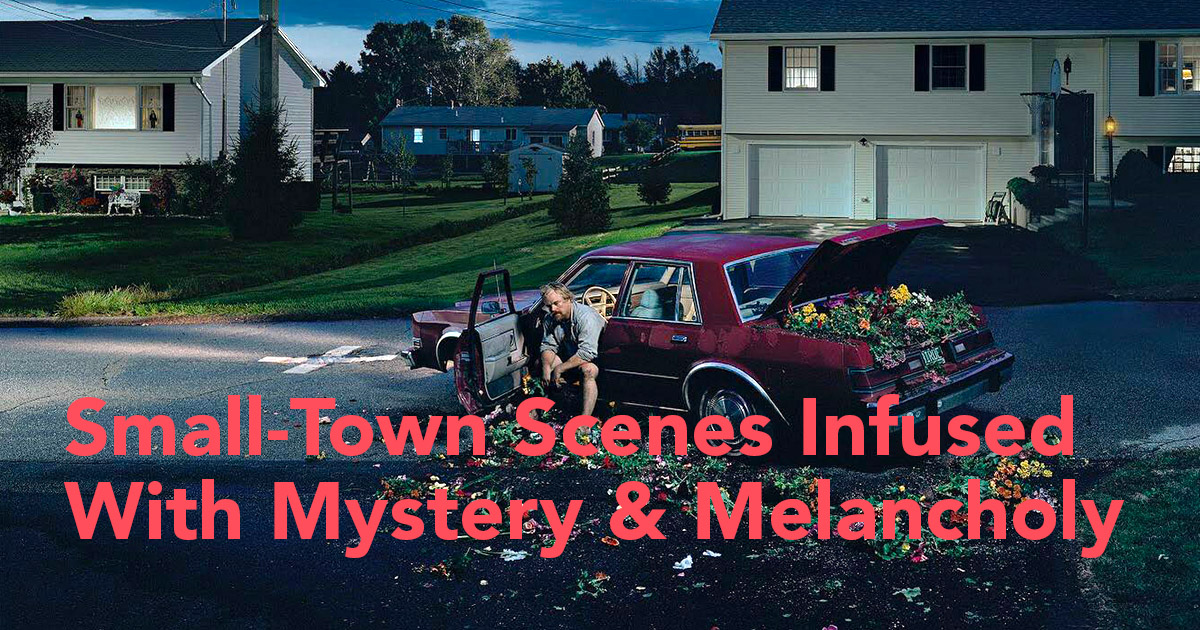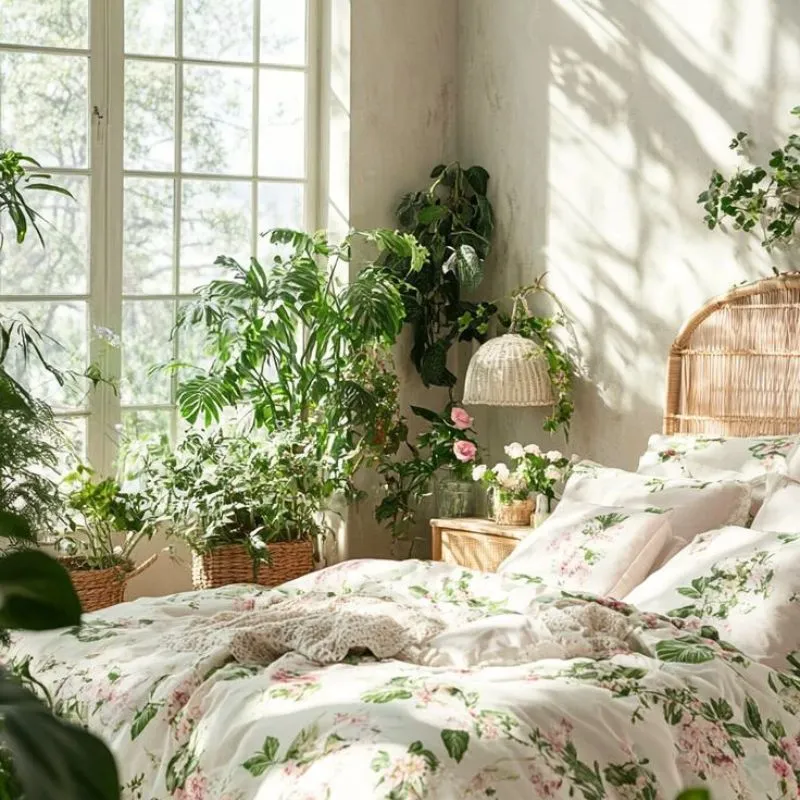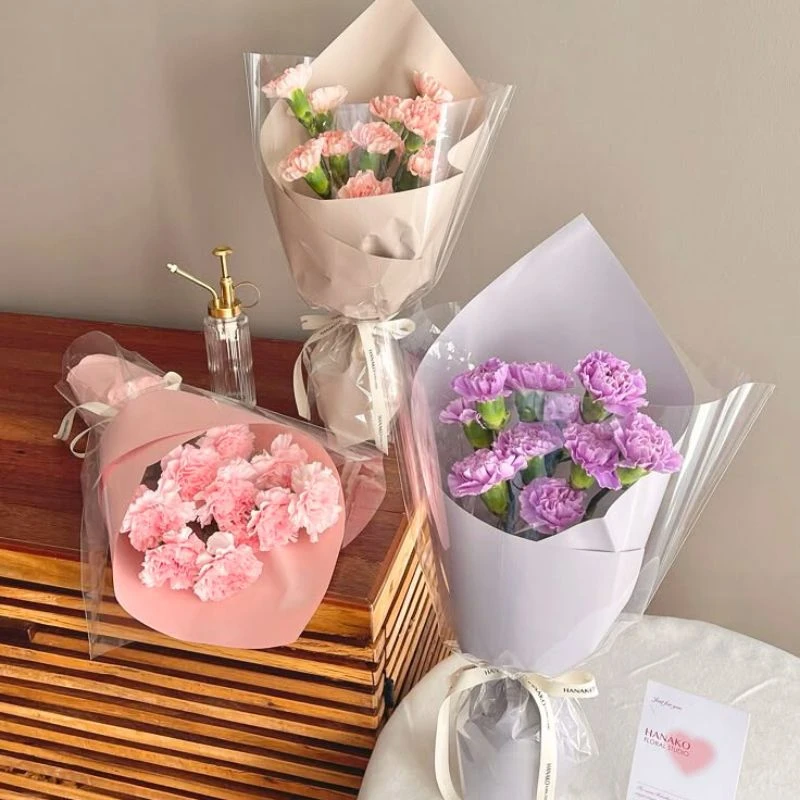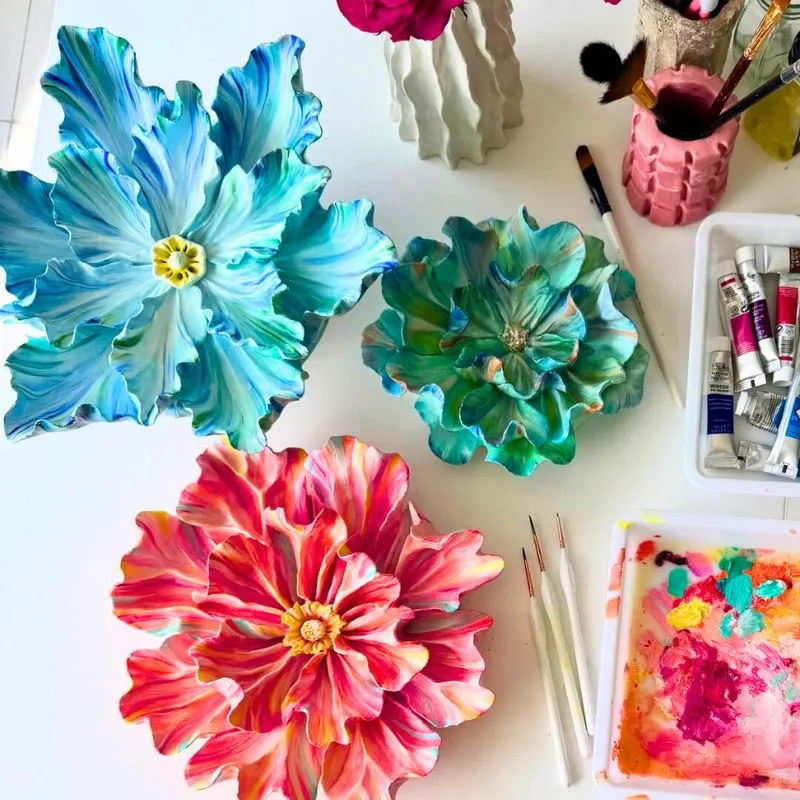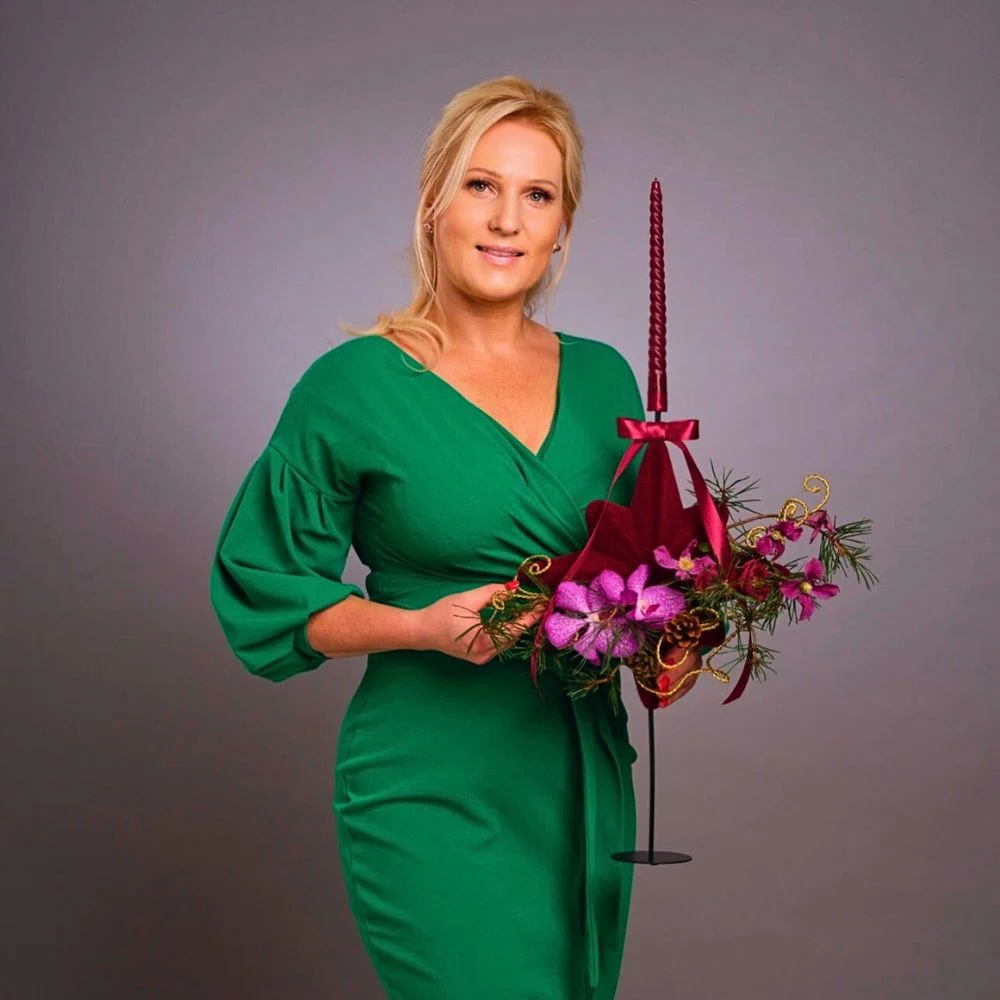Gregory Crewdson is an American contemporary fine art and landscape photographer who often takes elaborate photos of American small towns and homes. His photos have been inspired by cinematography which heavily influences his works' cinematic appearance. He also likes to mix reality with a surreal look similar to dreams and film, creating a hyperreality.
In his unique ways, the photographer makes large-scale, cinematic, psychologically-charged prints of staged scenes set in suburban landscapes and interiors. He directs his production and lighting crew to construct the images, coming up with surreal and melancholic photographs of suburban scenes, almost movie-like.
Gregory Crewdson Captures Small-Town America in Cinematic Photographs
Born in Brooklyn, New York, Gregory Crewdson is a graduate of SUNY Purchase and the Yale University School of Art, where he is now director of graduate studies in photography. He lives and works in New York and Massachusetts.

In a career spanning more than three decades, he has produced a succession of widely acclaimed bodies of work, from Natural Wonder (1992–97) to Cathedral of the Pines (2013 –14). Beneath the Roses (2003–08), a series of pictures that took nearly ten years to complete — and which employed a crew of more than one hundred people — was the subject of the 2012 feature documentary Gregory Crewdson: Brief Encounters, by Ben Shapiro.
His Twilight series (1998–2002), for instance, captivates viewers with an otherworldly vision of suburbia at night. These striking photographs disrupt the domestic world with unexpected and unnerving interventions, striking a balance between psychological realism and theatrical exaggeration. They tell a story of American struggles and wins through a fusion of the ordinary and the extraordinary.

Crewdson's Sanctuary (2009) marks a shift towards documentary-style photography, shot on location at Cinecittà Studios outside Rome. This series sees him depart from his signature methods, employing a digital camera and natural lighting to capture the haunting beauty of empty film sets. The result is a series of images that are both haunting and mysterious as they are aesthetically beautiful, leaving the viewer with quite a lot of questions.

Cathedral of the Pines, exhibited at Gagosian in New York in 2016, immerses viewers in the mysterious forests of Becket, Massachusetts. The unidentified figures within seem to be caught in a trance, creating a sense of trauma and enigma. The artistic photographer draws inspiration from 19th-century historical paintings, creating a narrative of cryptic actions and ambiguous relationships.
Gregory Crewdson:
"It was deep in the forests of Becket, Massachusetts, that I finally felt darkness lift, experienced a reconnection with my artistic process, and moved into a period of renewal and intense creative productivity."

In An Eclipse of Moths (2018–2019), Crewdson explores postindustrial landscapes — abandoned factories and idle taxi depots — transforming them into stages for his enigmatic narratives of decay and potential renewal. Working with a small team and casting people close to him, he creates an intimate and enigmatic atmosphere, leaving the viewer with more questions than answers. Through these diverse series, his works both enchant and perplex, creating scenarios of worlds in which reality blends with fantasy and where the past meets the present.

Budgets That Rival Those of Entire Films
Often working with a large team, Crewdson typically plans each image photography session with meticulous attention to detail, orchestrating light, color, and production design to conjure dreamlike scenes infused with mystery and suspense. While the small-town settings of many of his images are broadly familiar, he is careful to avoid signifiers of identifiable sites and moments, establishing a world outside time.
With production teams and set budgets that rival those of entire films, Crewdson chronicles moments of disconnect - downcast eyes, faces turned away - in expansive portraits of people lost in thought, isolated and inaccessible, both to each other and to the viewer.

De-Contextualized Frames
His images are rich in detail, and there is not a thing in the frame - not a stain, not a lampshade - that he does not carefully select. And yet, this abundance of detail is balanced with a striking lack of information - the settings are ordinary (a suburban kitchen, a living room, a dark street corner) - and, more importantly, the frame is decontextualized. This means that the viewer doesn't know what happens before or after the scenes, or who these people even are.

The effect of this combination of visual detail and narrative restraint is that there are as many narratives possible for each of his images as there are viewers of it: each person comes to the image with their own anxieties and desires, which they project onto the scene.
Carefully Assembled Models and Components
As a professor of photography at Yale University, Crewdson has been deeply influential on his students and is a forerunner of a group of photographers who make use of carefully assembled models and staged components.

These artists blend traditional documentary photography styles with fictional elements, and in deploying this technique, the photographer no longer passively experiences the world and then edits it, but actively creates the world and then photographs it.
All images by @crewdsonstudio. Header image Untitled (Dream House, 2002).

